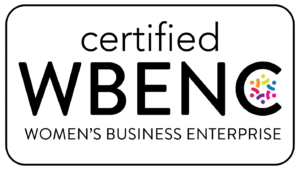As a consumer, when was the last time a business knocked your socks off with extraordinary service? When was the last time you were wowed by an amazing product and follow up from the company/owner/representative?
This week’s blog focuses on the top ten Best Practices that will attract attention and have clients coming back for more.
- Increase customer privacy and protection
- Implement “Habit Loop”. Smartphones and social media are examples of habit loop formation. The ping from a new notification is the cue, the routine involves pulling out a phone to check the notification, and the reward is seeing a new message from a friend or a new comment on social media
- Understand how to cater to Generation Z. According to a Pew report, they make up 40% of all consumers and 27% of the U.S. population
- Ask for feedback via short surveys. Respond to and act on the recommendations. Customers will be glad to know you took the time to read and respond to their suggestions
- Stay on top of digital customer service trends
- Post Frequently Asked Questions/Answers on social media about your new product/service
- Be creative and efficient with your self-service platform (most clients will seek that option for problem resolution before trying to call your company)
- Ensure your website meets Google’s Mobile First SEO mandates by March 1st. Not adhering to the rules will result in a slow response time when consumers look up your site on their mobile devices. Consumers use their mobile devices ten times more frequently than a desktop computer
- For e-commerce stores, consider inserting CTAs (Calls to Action) or pop-ups that request reviews after checkout
- Learn how customer service is conducted around the world–you’ll be able to deliver top notch service for a diverse client base
Your clients want to feel your emotions and sincere appreciation. When you provide them with more than just goods and services, you’ll offer the very best you have…yourself. Ensure their happiness and you’ll secure a loyal following. So, go out there and have a great day!









